5 Signs of a Blocked Drain
We have all experienced the inconvenience of a blocked drain – from unpleasant odours to slow drainage or raised water levels.
One thing is for sure – you need to make sure to tackle the problem as soon as possible to prevent it from becoming even worse.
In fact, a blocked drain should not be taken lightly as it could lead to damage to the pipes and the drain itself.
The following are some common signs of blocked drains.
If you notice any one or more of these warning signs it is important to act quickly.
Article Chapters
1. Unpleasant Odour
Nobody likes to smell foul odours.
Drains generally get blocked due to food debris and other residue remaining stuck.
As time goes by this will start to decompose.
Needless to say, the smell that this will end up emitting is not pleasant at all.
So, if every time you turn on the tap you start smelling such odours, most probably your drain is getting blocked.
2. Slow Draining Water
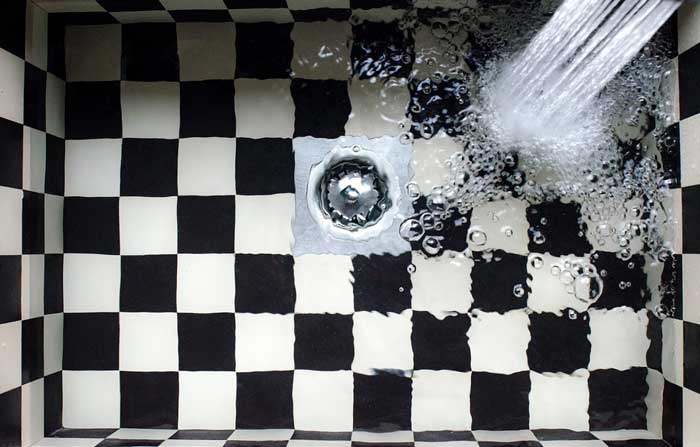
Image source: https://pixabay.com/photos/sink-kitchen-checkered-water-tap-1335476/
Another obvious sign that the drain is blocked is when you notice that the water has started to drain slowly from your sink, bath, shower or toilet.
In some cases when the blockage is really bad, it might not drain away at all.
You surely want to avoid the latter situation.
In some cases, slow draining water might be a problem only with one fixture.
Should that be the case, most probably the blockage is isolated to a pipe that is connected specifically to that fixture.
But if all of your fixtures are showing signs of slow draining, then the problem is most definitely a blockage in the sewer drain.
You may also wish to check any external drains or manhole covers to see if there are signs of rising water there too.
3. Water Doesn’t Drain At All
The problem of a blockage is very serious if the water is not managing to drain away at all.
In such a case, it is generally best to seek the assistance of a professional as the blockage is most probably substantial, and you might cause damage if you try to tackle the blockage yourself.
4. Raised Water Levels
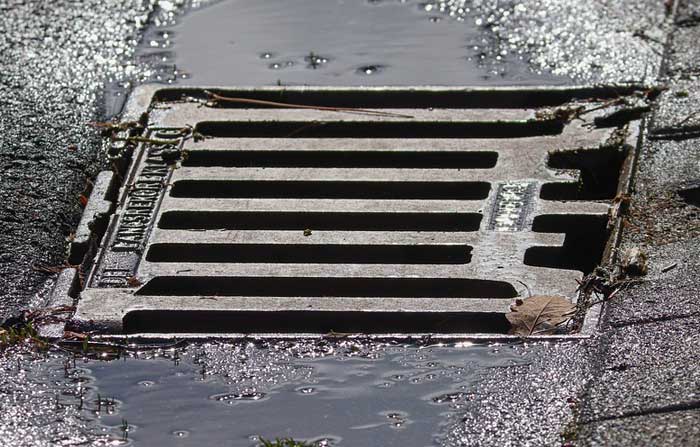
Image source: https://pixabay.com/photos/drain-gully-metal-lid-gullideckel-4049284/
The most common sign that there is a blockage is when you notice that the water rises more than usual every time you flush the toilet.
In some cases the water might rise so much that it could overflow.
In such a case the blockage is most likely very serious.
5. Gurgling Sounds
In some cases apart from the foul smell, you might also notice some gurgling sounds coming from your pipes and fixtures.
Usually these sounds arise because the air is trapped in the pipes due to the blockage.
So every time water tries to flow through, such strange sounds are made.
In some cases, the gurgling will be louder than usual as some of the blockage might be displaced and pushed through.
Solutions
If you notice any one or more of these signs then you should take action immediately.
Resolving the problem as soon as possible will prevent it from getting even worse.
Try Plunging
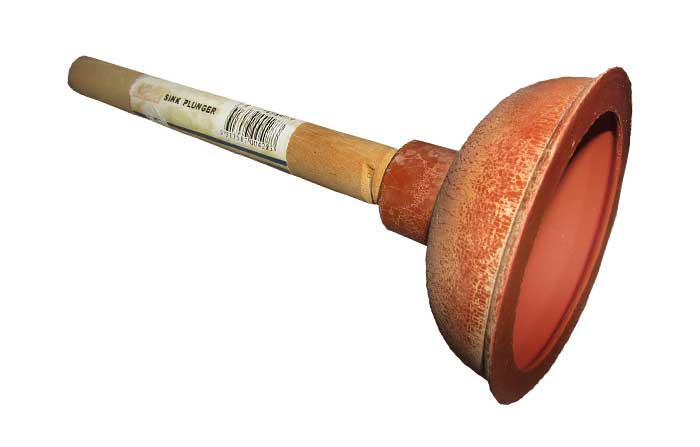
Image source: https://pixabay.com/photos/sink-plunger-plumbing-maintenance-3312441/
If the problems are noticed in one fixture in the house only, you should try to see to it yourself as it might be fixed easily.
Generally the first thing to do is to use a plunger.
Fill with water to put more force on the blockage’s source, and start plunging away!
Press the plunger down and pull it up quickly for about a minute.
Run some water to see if it will start to drain away more easily than before.
In case it is still draining slowly, try to plunge a bit more.
Hopefully this will do the trick.
If not you could try to pour some baking soda down the plughole.
Follow this with a cup of white vinegar.
This could work well to unblock any clogging.
Inspect the Drains
In case all the fixtures are showing any one or more of the above mentioned warning signs, then the problem is most probably located in the outside drain.
If you are going to tackle this yourself, make sure to wear proper protective clothing, including gloves and a mask.
You would need to remove the drain cover.
This will either require a screwdriver or in some cases there will be a handle from where you can lift it off.
Look inside the drain to see if the drain chamber is full of water.
If that is the case, then there is a blockage located there.
If on the other hand the chamber is empty, then the blockage is situated elsewhere.
So you would need to work your way along to find it.
Use drain rods to dislodge the blockage.
Continue to push as hard as you can and rotate them so as to break up the blockage.
There is bound to be a lot of grime, residue and grease, and so it might need quite some time and effort to dislodge the blockage.
Finally run water through so as to remove all the blockage and check if all seems to be well.
Call a Professional
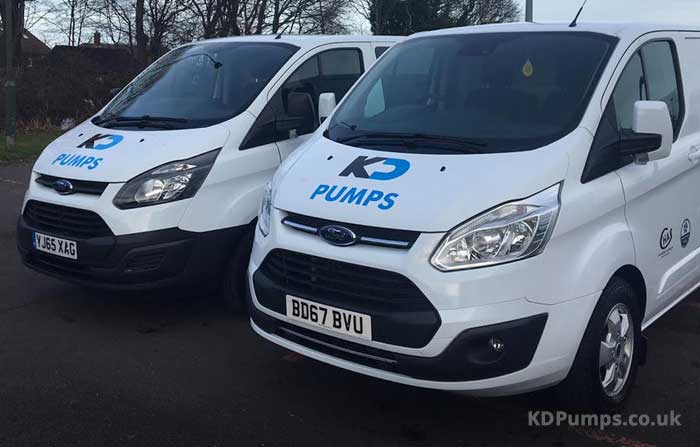
Some blockages are worse than you may think and hence, professional drain clearance will need to be carried out by a contractor.
Many homeowners prefer to call a professional for the job as it’s not particularly pleasant to deal with a drain blockage.
A professional will know how to go about it, as well as have more specialised tools to clear drains from serious obstructions and debris
Clogs may be quite serious in case of encrustations, tree roots and grease.
Conclusion
While a blocked drain is surely not a pleasant experience, in most cases you can resolve it quite quickly as long as you tackle it as soon as you notice any warning signs.
More serious blockages will occur if you leave the blockage to build up even further.
Moreover, it is highly recommended that you take preventative measures to avoid clogs from building up.
This can be done by being careful not to dump grease or leave small food particles to make their way down the drain.

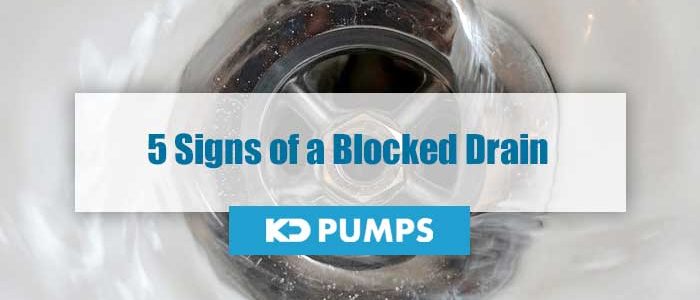
Comments are closed.